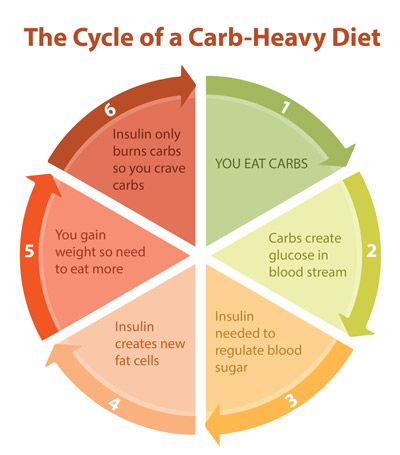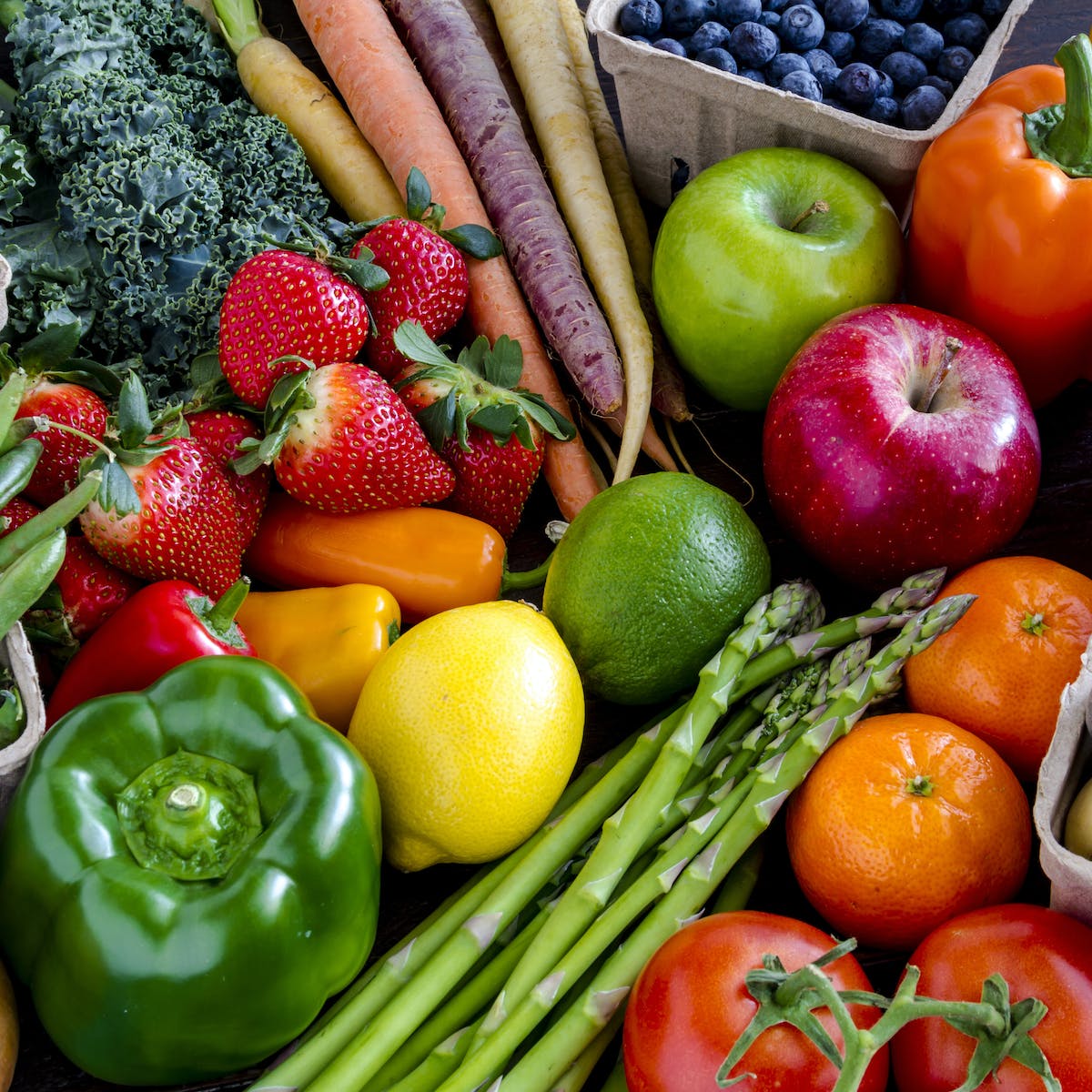
Those who have gone on a Keto diet know the benefits. It can stabilize blood sugar levels and improve overall health. You will not feel hungry or sad. You will feel happier and have a better nights sleep. It can also help epilepsy patients to avoid seizures. It reduces blood pressure, cholesterol levels, and promotes clear skin.
Keto is a diet which switches your body's metabolism from sugar fuel to fat fuel. It can also help you avoid sugar cravings. It can also reduce acid reflux, improve the quality of your monthly cycle, and increase mental clarity. You can also lower your blood pressure and increase your energy levels.
You'll notice an increase in your energy and clearer skin. You won't feel hungry or deprived. You'll be more inclined to eat healthy foods. You'll also avoid the "keto breath" that many people experience in the early stages of the keto diet.

When you begin the keto diet, you can expect to experience increased urine production. Because your body is now sugar-dependent, you might experience an increase in urine. You may also experience dryness of the mouth and kidneys. You may need to increase your intake of trace minerals in order to make sure your body can absorb ketones. It is possible to increase your protein intake during this period.
Brain disorders can also be treated with the Keto diet. The ketogenic diet can even reverse brain disorders. The ketogenic diet releases growth hormone, which has anti-aging properties. It is also known to increase lean body mass. It also lowers insulin.
The keto diet should be started with one gallon of fluid. You can also take coconut oil and lemon-juice. These foods will help to prevent kidney stones. These foods also provide extra nutrients to help with the ketogenic diet.
You will also need additional potassium and magnesium. These nutrients are essential for the keto diet. B vitamins can also be obtained from nutritional yeast. B vitamins assist your body in burning fat efficiently. Also, you'll need to adjust your protein and fat intake as you lose weight.

The Keto diet should not be followed if you don't want to consume caffeine or sugar. Hidden sugars should also be avoided. Avoid packaged foods and processed foods. Coconut oil can be used to replace sugar in coffee. This will help to decrease lectin levels. Baking soda can be used to reduce uric acids.
You can also try intermittent fasting while on the keto diet. This can help prevent the keto flu. The keto flu symptoms can be countered by increasing your water intake.
Don't be discouraged if you are unable to lose weight with the keto diet. This diet can help you lose weight.
FAQ
What is the best diet to lose weight?
Losing weight is possible by eating less calories than you consume each day. This means you should eat smaller portions and more often throughout the day.
Cut down on added sugars, fats, and calories to lower your calorie intake. Healthy foods like fruits, vegetables, whole grains, low fat dairy products, nuts beans, seeds and fish can help you reach your goals.
A healthy diet can prevent cardiovascular disease, type 2 diabetes and osteoporosis.
To ensure you're getting enough nutrients, try adding supplements like vitamin D, calcium, magnesium, zinc, iron, omega-3 fatty acids, and probiotics.
Intermittent fasting can be a great option if you are looking to lose weight quickly. Intermittent fasting is a method of eating where you only eat during certain times of the day.
This method allows you to eat five meals per day, and one meal each night. The rest of your meals are spread out throughout the day.
Many people find this method less satisfying because they don't have to eat as much.
How does a vegetarian diet differ from other diets.
A vegan diet differs from other diets because it doesn't contain meat, dairy, or eggs. Because it does not contain animal products, vegans are prohibited from eating dairy, milk, and butter.
Vegans do not eat meat or fish. This is why vegans are sometimes called vegetarians.
Vegans can also avoid honey, gelatines, leathers, silks, feathers, fur and cosmetics tested on animal species.
Veganism is a dietary choice that promotes compassion for animals and environmental sustainability. It rejects the consumption of animal products because of the suffering and death caused by factory farming and the damage done to animals through the use of hormones, antibiotics, and other chemicals used during slaughter.
Veganism encourages vegetarianism.
While vegans generally follow a plant-based diet, many consume small amounts of seafood, such as nutritional supplements, fruits, vegetables, nuts, seeds, and grains.
Because vegans exclude meat, fish and poultry, they are often called "vegetarians". Technically vegans should avoid animal products such as dairy and eggs. But the term "vegetarian" is commonly used to refer to those who completely avoid these three categories.
Vegans often eat less then five ounces (roughly 1/4 pound) of meat each week.
Some vegans may include eggs and dairy products in their diets to get sufficient protein intake, but this is not common practice.
People who call themselves Lacto-ovo vegetarians eat dairy products and eggs while avoiding meat. They also eat fish, chicken, shellfish, as well as insects. They may be considered flexitarians in regards to meat, but they strictly follow the vegetarian lifestyle.
Ovo-lacto vegetarians are people who eat milk products and eggs, but avoid red meat. They might also eat shellfish, poultry, and fish.
Pescatarians eat fish and are vegetarians. Pescatarians need to be careful about their cholesterol because fish has a high-fat content. They eat low-fat and non-fried fish.
Two types of vegans can be further classified: strict and flexibile. The strict vegans abstain from all animal products including milk and eggs. Flexible vegans limit their intake of animal products. They may eat only one egg or opt for skimmed milk.
A growing number of health-conscious consumers are turning to plant-based diets for weight loss, diabetes management, heart disease prevention, and longer life expectancy. The number of Americans following a vegan diet jumped by 50% between 2007 and 2010. According to industry estimates in 2016, that number was 2.5 million.
What is the best strategy to lose weight and maintain it?
Even though they are similar, weight loss and maintenance strategies are very similar when we examine them closely.
Weight loss is more about shedding pounds, while weight maintenance is more about maintaining those lost pounds.
The main difference between the two is that when you lose weight, you are trying to shed pounds, whereas when you maintain the weight, you are trying to keep them.
Both require dedication, discipline, and commitment. Weight loss is more difficult because you have to actively work towards it. However, weight maintenance is much easier. You need to remain disciplined.
In both cases you need to ensure you eat healthy foods and that you exercise regularly.
To lose weight, however, you will need to change your eating habits as well as exercise regularly.
Weight maintenance is much easier when you stay disciplined. You must eat healthy food and exercise regularly to maintain your weight.
Decide which one you want. You can make the right decision by considering your lifestyle.
Weight loss may be easier if you eat fast foods occasionally and exercise only occasionally.
If you eat healthy foods, exercise often, and eat well, your weight will likely be maintained.
Personal preference is ultimately the deciding factor.
It's important not to assume that losing weight means you have to lose weight.
You can feel happier and healthier by losing weight.
So, to lose weight, focus on changing your eating habits and exercising regularly.
You will get results faster than ever.
How much food do I need every day?
Your age, gender and activity level will impact your calorie needs.
To maintain their weight, adults need between 1,200- 1,800 calories per day.
Calories are comprised of carbohydrates (starchy vegetables), protein, fat and fiber.
Carbohydrates consist of glucose, fructose, sucrose. Glucose is the primary source of energy for our muscles. Fructose supplies additional energy to our brains, nervous system and muscles. Sucrose contains both glucose and fructose, making it easier to digest than pure glucose or fructose.
Protein is essential for muscle building and tissue repair. Protein is found in meat, poultry, eggs, milk, cheese, yogurt, legumes, soybeans, and some seafood.
For good health, fat is important. Fat keeps you full longer and provides essential vitamins and minerals such as vitamins A, E, D, K, and B12, omega-6 fatty acids, and monounsaturated fats.
High cholesterol and other cancers are also protected by fat.
Experts suggest that saturated fats should not exceed 30% of total calories.
There is no evidence that reducing saturated fat will reduce your risk of developing heart disease.
Healthy eating should include 20-35% carbohydrate, 10%-35% protein, and 35%-50% fat.
What breakfast is the most healthy?
It's hard to get healthy breakfasts. Some foods are better than others. Let's find out which foods are the best.
First, determine how much fat you require each day. This is how you calculate your daily calories. We'll then look at the most essential nutrients in food to help you decide which ones to focus on.
Next, we will go through the recommended breakfasts and choose the healthier ones. We'll also talk about why these foods might prove more beneficial than other options.
Finally, we'll be looking at the worst breakfast options available and explaining why they don't make sense.
Let's get down to the basics: What breakfast is the most nutritious?
This question has many answers. It is dependent on many factors. Your personality, your lifestyle, whereabouts, children and other factors will all play a part in how you feel.
If we take all that into consideration, these are the top 3 picks.
-
Eggs are one whole food that can help you lose weight. They're high in protein, which helps to build muscle and keep your stomach full. Research has shown that egg-eating people tend to be less overweight than those who do not. Organic eggs are healthier because they don't contain pesticides or antibiotics.
-
Greek Yogurt has about five times the amount of protein found in regular yogurt. This makes Greek yogurt a great way to increase your intake of high quality protein. Protein is key when trying to control hunger.
-
Oatmeal makes a great snack because it's nutritious and filling. Oatmeal has fiber, which slows down digestion. You feel fuller for longer. Oatmeal contains antioxidants too, but you won't be able to notice this because you'll likely be drinking coffee or other teas with it. These drinks contain a lot of caffeine, which reduces the antioxidant properties of oats.
Let's now ask the next question: What is the healthiest breakfast?
Here's the short version: It all depends.
Grab a bagels from the grocery store if you need something fast. Bagels are low in calories, carbs, and are mostly made of water.
They are also extremely convenient because you don't need to cook them.
Bagels, however, are not healthy for you. Bagels can lead to weight gain, according to research.
Although bagels have less sodium today, they still have lots of sugar.
You can also grab a muffin from the bakery section of your supermarket. These are made with butter and white flour.
Muffins and scones can be filled with fruits, nuts, or other healthy ingredients. They could also be better than a regular bagel.
The bottom line is that there isn't a bad choice for breakfast. It is important to ensure that the food you choose for breakfast fills you up and doesn't leave you feeling hungry later on in the day.
What foods cleanse the arteries?
Eating right is the best way to maintain a healthy heart. But what does this actually mean? There are many ways you can do this. One is to eat more fruits and veggies.
Antioxidants in vegetables and fruits help to protect against diseases and improve overall health. Antioxidants also fight inflammation which helps prevent clogged arteries.
There are many other ways to lower cholesterol. If you cut back on saturated fats (like butter) and trans-fatty acids (found in fried food), you'll lower your chances of having a heart attack.
Fiber can be increased to keep blood moving smoothly throughout the body. LDL (bad cholesterol) is also reduced by fiber, which can lower your risk of developing cardiovascular problems.
You are not the only thing that can affect your heart's health. Stress, smoking, obesity and alcohol consumption all play a part in your risk of developing heart disease.
If you're at risk of developing cardiovascular disease, talk with your doctor about how much fiber and other nutrients you should get each day. You might need to take medication, or make lifestyle changes in order to stay healthy.
Statistics
- Recommendation Saturated fat is less than 6% of total daily calories. (mayoclinic.org)
- The ideal amount of protein at breakfast is about 30 grams, according to a 2018 review by nutrition researchers at Purdue University. (prevention.com)
- Trim fat off meat or choose lean meats with less than 10% fat. (mayoclinic.org)
- *Note: The 2020-2025 Dietary Guidelines for Americans recommend limiting saturated fat to less than 10% of total daily calories. (mayoclinic.org)
External Links
How To
Healthy Eating Guidelines For Kids
To be healthy, children need to eat a healthy diet. Children who eat well grow up to be healthier adults. Here are some guidelines to follow when feeding children:
-
Limit sugary drinks Sugary drinks account for more than half the sugar intake of children aged 2-18.
-
Limit juice. Juice is high in empty calories and low nutrition.
-
Avoid fried foods. Fried foods are high in saturated fats and transfats which can increase blood cholesterol and raise heart disease risk.
-
Consume whole grains. Whole grains provide important nutrients such as dietary fiber, B vitamins, magnesium, phosphorus, protein, and zinc.
-
Eat plenty of fresh produce. Fresh fruits and veggies are full of vitamins, minerals, fiber, and other nutrients. They are also lower in sodium than packaged or processed foods.
-
Choose lean meats. Lean meats provide high-quality protein and are low in calories.
-
Be careful when you snack. Snacks add extra calories and unhealthy ingredients to meals. Many snack products are made from refined flour and hydrogenated oils.
-
Every day, ensure that your child has breakfast. Breakfast helps kick start the metabolism and gives them enough fuel for daily physical activity.
-
Try out new recipes. Experiment with different recipes to find ones your family likes. Add spices and herbs to recipes to alter the flavor profile.
-
Get active. Physical activity is an important part of childhood. It improves your mood, memory, concentration, and mood. Exercise can also help you control your weight.
-
Get outside. Take advantage of nature's playground. Spend your time outdoors hiking, biking and swimming.